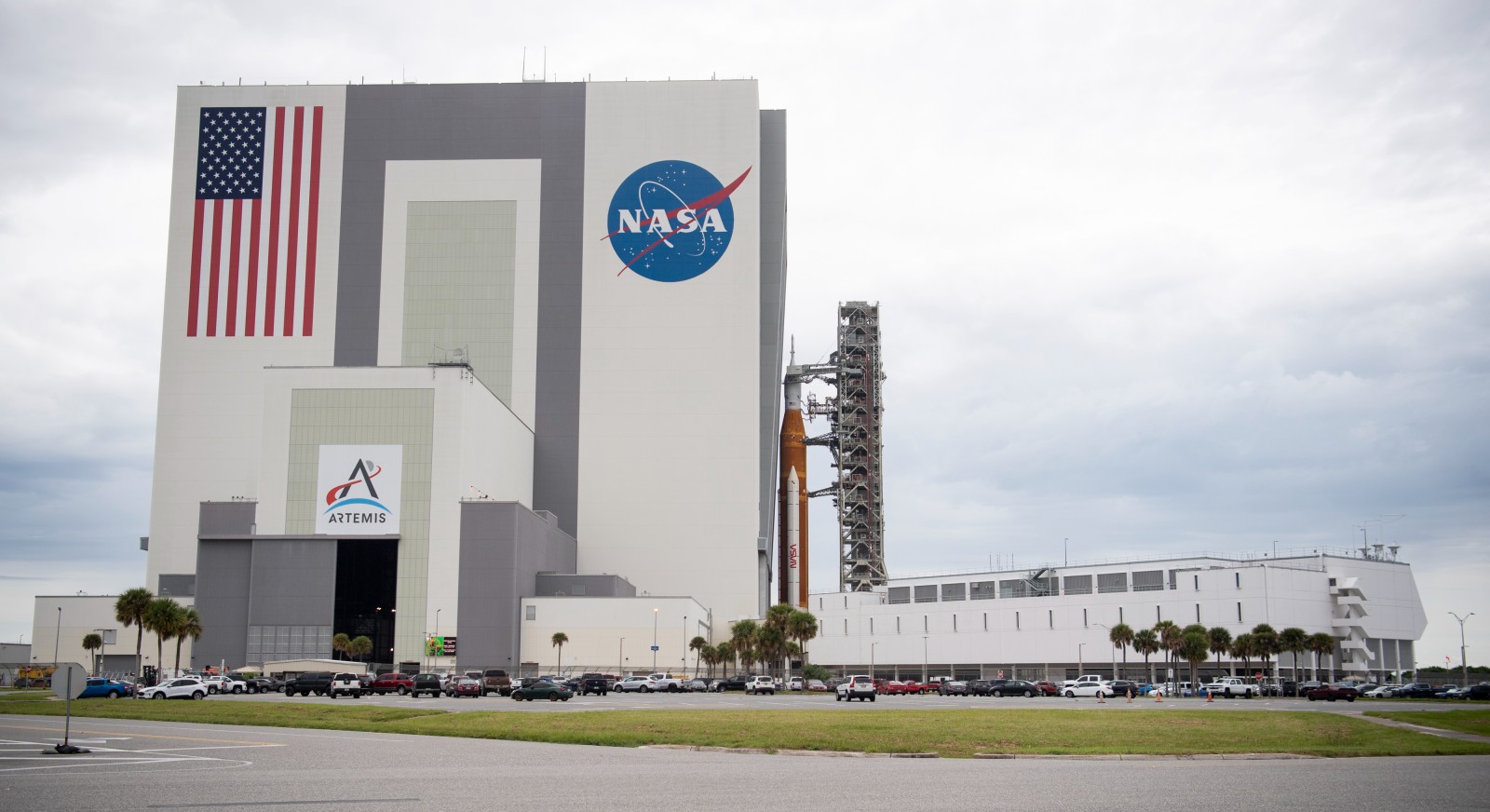
Heavy Rain, Flooding, and Chance of Severe Weather Staring Down the Southern U.S.
January 22, 2024
Posted: September 27, 2022 9:59 pm





NASA cannot catch a break when it comes to the launch of the Artemis I spacecraft. The impending arrival of Hurricane Ian to Florida has forced NASA officials to once again postpone the highly anticipated launch.
Rocket Moved to Storage Hangar
While NASA has not set a new launch date, officials said it will be at least the middle of October before another attempt will be made. The agency has already completed the arduous process of moving the $4.1 billion rocket to safety from its launch pad at the Kennedy Space Center. While Hurricane Ian is forecast to make landfall on the western side of the Sunshine State, the impacts will be felt on the eastern coast at the space center. The rocket will be held in a protective storage hangar as the storm passes through the region.
The decision to move the rocket was made on Monday after officials gathered the latest weather data and projections on the trajectory of the storm. Crews began rolling the Space Launch System along with the Orion spacecraft the four miles to the Vehicle Assembly Building. The process of moving almost 3,000 tons took over nine hours to finish.
Cancelation Marks Third Launch Delay
Now that the rocket is safely encased in a protective building, NASA engineers will continue to conduct routine maintenance on all systems to prepare the rocket for its launch. The Artemis I mission was originally scheduled for August 29. However, that launch was canceled after a fuel leak was detected just hours before liftoff.
The next planned liftoff was scrubbed on September 3 after a new fuel leak. Engineers say that they have since repaired both leaks.
This week’s delay means that the next launch window will not open until October 17. The next potential launch windows are November 12 – 27 and December 9 – 23.
A Big Win for NASA
Despite the disappointing cancellation of this week’s scheduled launch, NASA got a win on Monday at the hands of the Double Asteroid Redirection Test (DART) mission. This mission was the first of its kind in the world, testing NASA’s planetary defense system. Watched all over the world, NASA engineers intentionally slammed a spacecraft into the Dimorphos asteroid in an attempt to alter its path.
The goal was to steer the asteroid closer to the Didymos asteroid. NASA’s planetary defense system is designed to protect Earth in the event of an asteroid heading on a track to hit the planet. NASA engineers said that this mission was a great opportunity to test kinetic impact.
All eyes were on the NASA control room during Monday’s event. The successful completion of the mission was the first time in history that humans were able to target the dynamics of a celestial object.
Did you find this content useful? Feel free to bookmark or to post to your timeline for reference later.

January 21, 2024

January 19, 2024

January 18, 2024